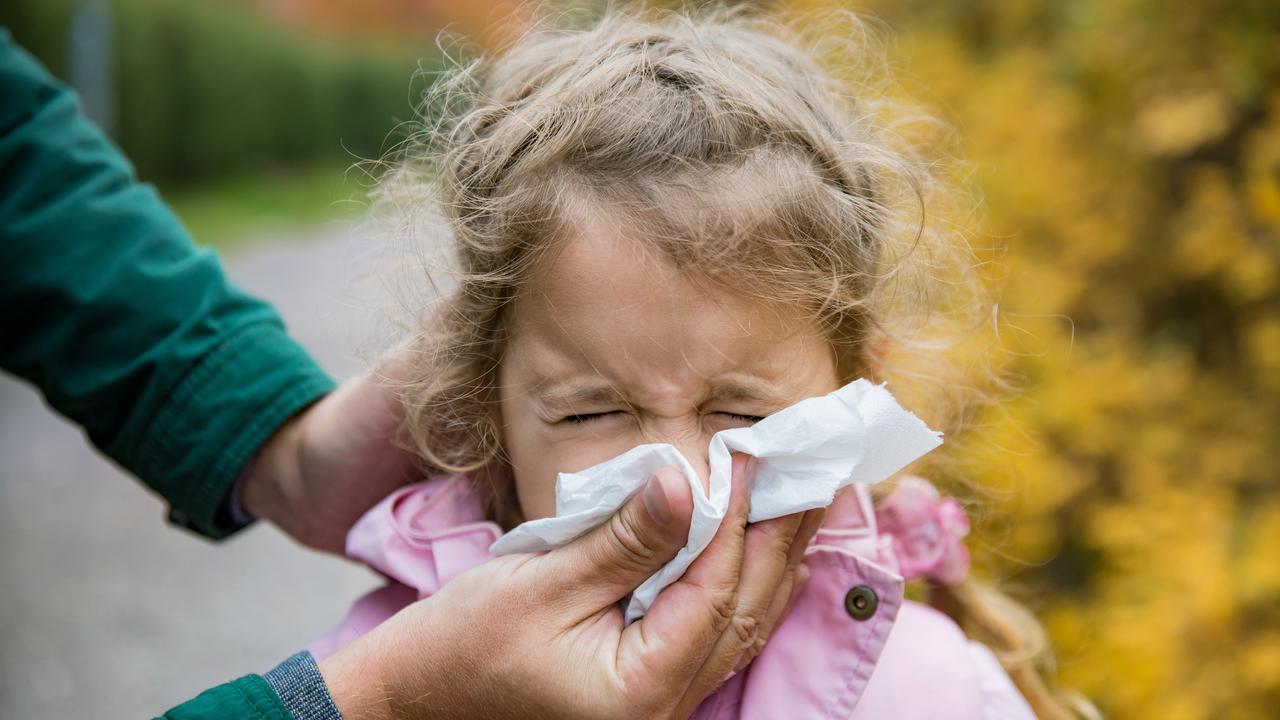Is it Covid or a cold? How to tell the difference, and when you should test
If you’ve got a runny nose, how can you tell if it’s Covid or just a cold - and should we be keeping our snotty children at home?
Winter is coming, and with it the cold and flu season. If you get a scratchy throat, the last thing you want is to be stuck at home for a week. Not to mention, RAT tests are expensive and highly unpleasant.
So how do you know if it’s Covid or a cold? Should you even bother taking a test? And what do you do if your kid comes home with a runny nose?

Firstly, if you’re young, fully vaccinated or have had Covid before, it can be tempting to skip the test. This can be a risky move, as it could endanger people who are immunosuppressed, unvaccinated or in high risk categories.
This might be the person who sits at the desk next to you, or your own grandmother.
What about your children? With cold season on the way, the kids are coming home from daycare and school with a petri dish of germs and snotty noses. Should they be tested and stay home?
When should you test for Covid?
Infectious disease paediatrician Professor Robert Booy knows it’s not easy to tell the difference between Covid and a cold, especially in children who often exhibit only mild symptoms - if any at all.
“Although Covid classically presents with a runny nose, a cough or a sore throat, it could also present with a fever, vomiting or diarrhoea,” he said.
“Although it’s mostly a respiratory disease, sometimes it does start with gastro symptoms.”
As it is so difficult to tell the difference, Dr Booy recommends erring on the side of caution and getting a test for whoever is showing symptoms. If the test comes back positive, then any close contacts should also test.

If you are yet to test but are displaying symptoms, it is best to work from home if you can. According to Dr Booy, children should also be kept at home even if they present with mild symptoms.
“I can’t advocate for sending sick kids to daycare and they’ll just get sent home again anyway,” he said.
This flu season is predicted to be a vicious one with the onset of winter. Dr Booy predicts that there will be a surge of flu cases over the next three months.
“It’s already coming on planes from the northern hemisphere … The numbers will only rise as winter comes on because we’ve got less immunity and we’ve got more crowding indoors.”
What test should you take?
So if flu is on the way and it’s often indistinguishable from Covid, what is the best test to take? Both RATs (Rapid Antigen Tests) and PCR tests are considered acceptable by all Australian states, though while RATs are more convenient, they’re also less sensitive and can sometimes give false negatives.
PCR tests on the other hand are more reliable but harder to obtain. Therefore for busy parents, a RAT will be the more convenient choice.
Case numbers ‘far higher’ than official records
Although most Australians are wishing to simply move on from Covid, it’s good to be prudent, as experts say that there are far higher case numbers than those officially recorded.
The Sydney Morning Herald reported on Monday certain Sydney suburbs were recording one Covid case for every three people, while Bondi recorded 25 cases per every 100 people.
Dr Booy suspects the true number could be two to three times higher than this due to the lack of transparency around registering RATs, as there is currently no way for the government to know if a positive RAT hasn’t been registered.
“When they say there might be 7000 cases, it might really be 20,000.”
Despite the underreporting, Dr Booy doesn’t feel the government needs to implement tighter control.
“We can’t shut down society for years on end.” he said.
“Absolutely tight control just leaves people vulnerable to the next wave of infection … we’re learning to live with it.”





